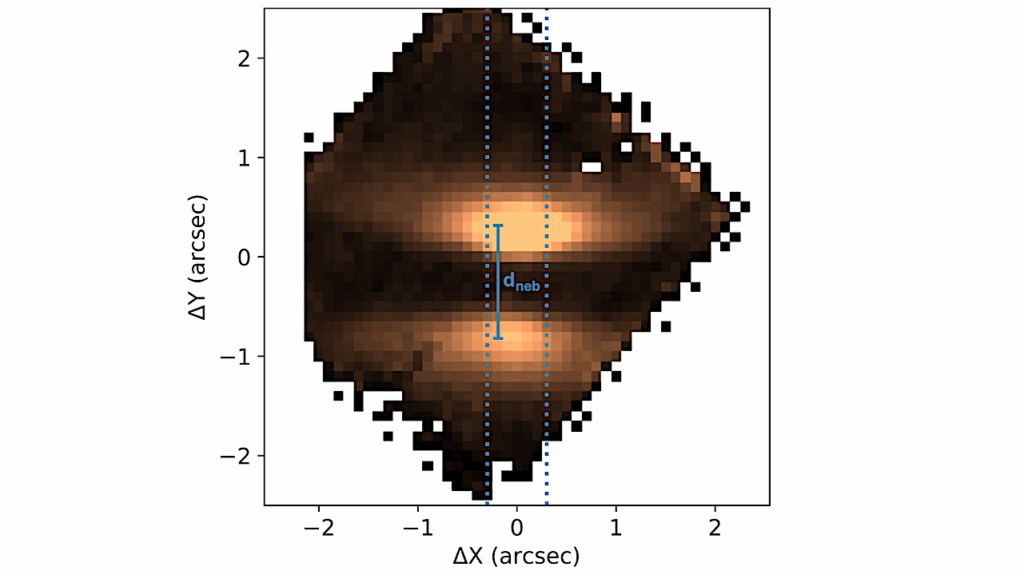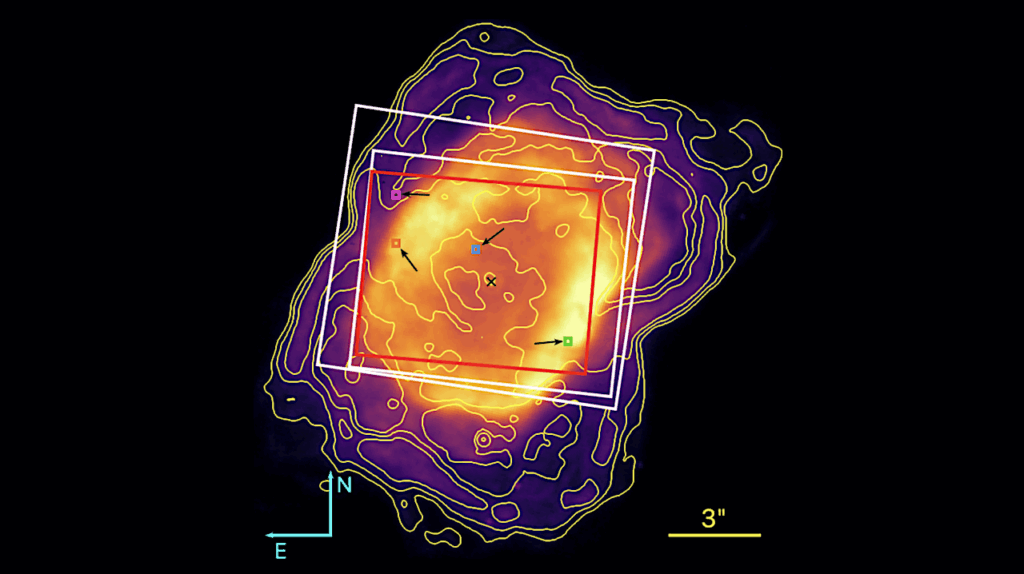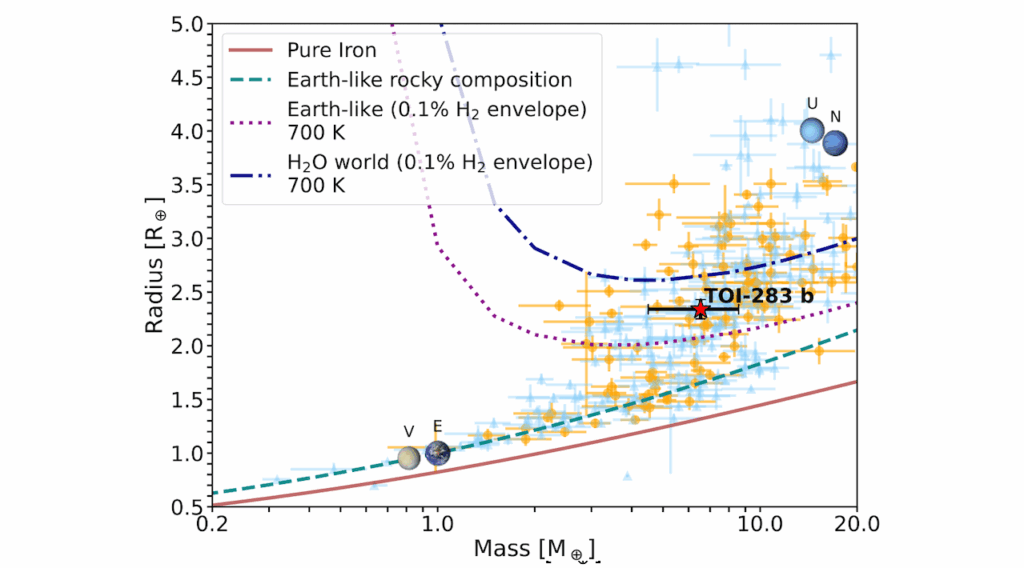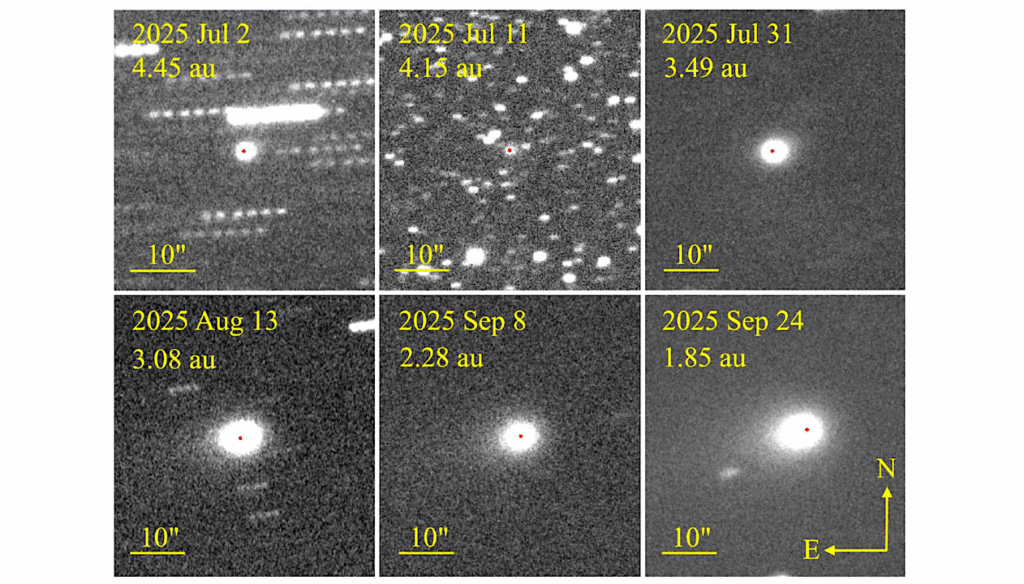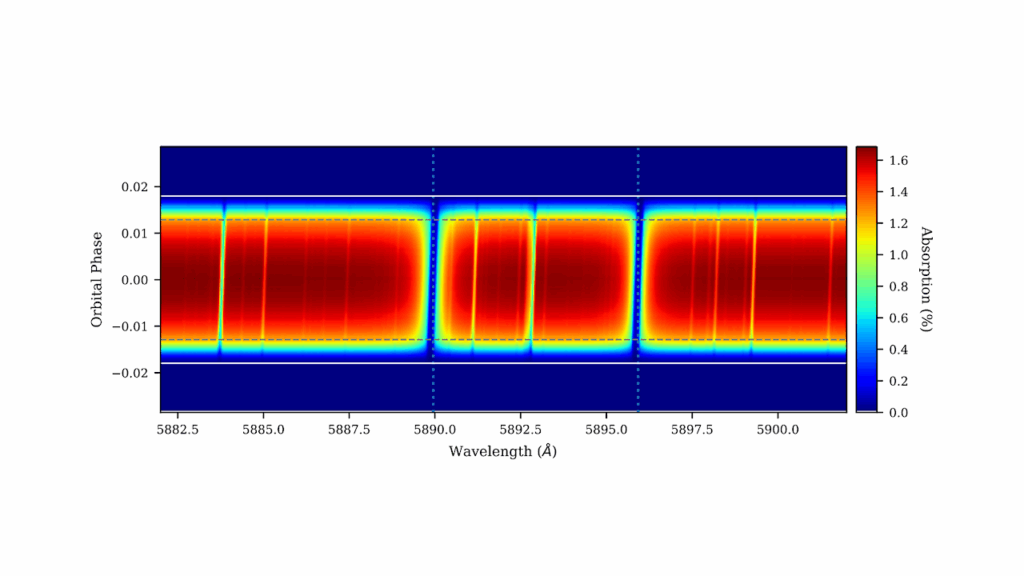Atmospheric Scintillation Noise in Ground-Based Exoplanet Photometry

Atmospheric scintillation caused by optical turbulence in the Earth’s atmosphere can be the dominant source of noise in ground-based photometric observations of bright targets, which is a particular concern for ground-based exoplanet transit photometry.
We demonstrate the implications of atmospheric scintillation for exoplanet transit photometry through contemporaneous turbulence profiling and transit observations. We find a strong correlation between measured intensity variations and scintillation determined through optical turbulence profiling. This correlation indicates that turbulence profiling can be used to accurately model the amount of scintillation noise present in photometric observations on another telescope at the same site.
We examine the conditions under which scintillation correction would be beneficial for transit photometry through turbulence profiling, and find that for the atmosphere of La Palma, scintillation dominates for bright targets of magnitude above V∼10.1 mag for a 0.5~m telescope, and at V∼11.7 mag for a 4.2 m telescope under median atmospheric conditions. Through Markov-chain Monte Carlo methods we examine the effect of scintillation noise on the uncertainty of the measured exoplanet parameters, and determine the regimes where scintillation correction is especially beneficial. The ability to model the amount of noise in observations due to scintillation, given an understanding of the atmosphere, is a crucial test for our understanding of scintillation and the overall noise budget of our observations.
D. Föhring, R. W. Wilson, J. Osborn, V. S. Dhillon
(Submitted on 4 Sep 2019)
Comments: Accepted for publication in MNRAS. 12 pages, 13 figures
Subjects: Instrumentation and Methods for Astrophysics (astro-ph.IM); Earth and Planetary Astrophysics (astro-ph.EP)
Cite as: arXiv:1909.02004 [astro-ph.IM] (or arXiv:1909.02004v1 [astro-ph.IM] for this version)
Submission history
From: Dora Föhring
[v1] Wed, 4 Sep 2019 18:00:00 UTC (8,476 KB)
https://arxiv.org/abs/1909.02004
Astrobiology


